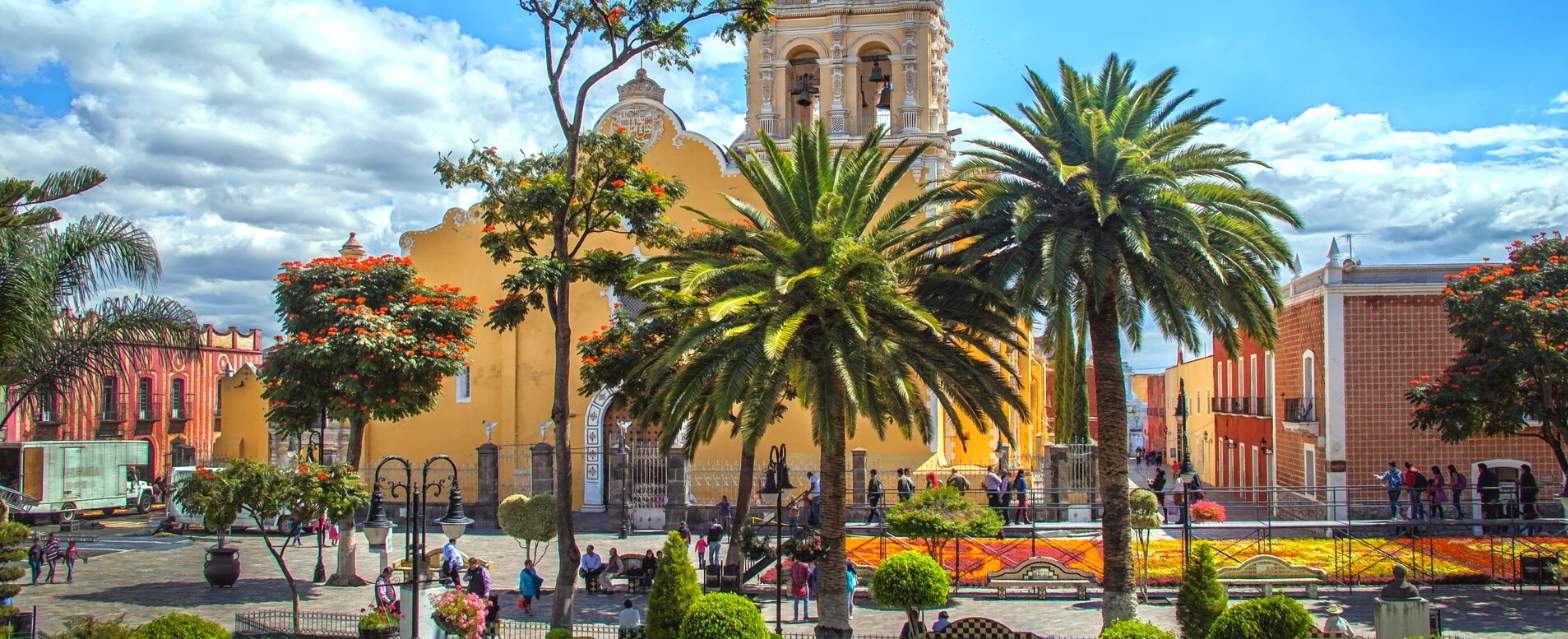Mexico has been and continues to be one of the most popular tourist countries in the world. It is estimated that in 2019 more than 45 Million tourists visited Mexico. In fact, Mexico is ranked number seven in the world– on a survey done for world tourism rankings.
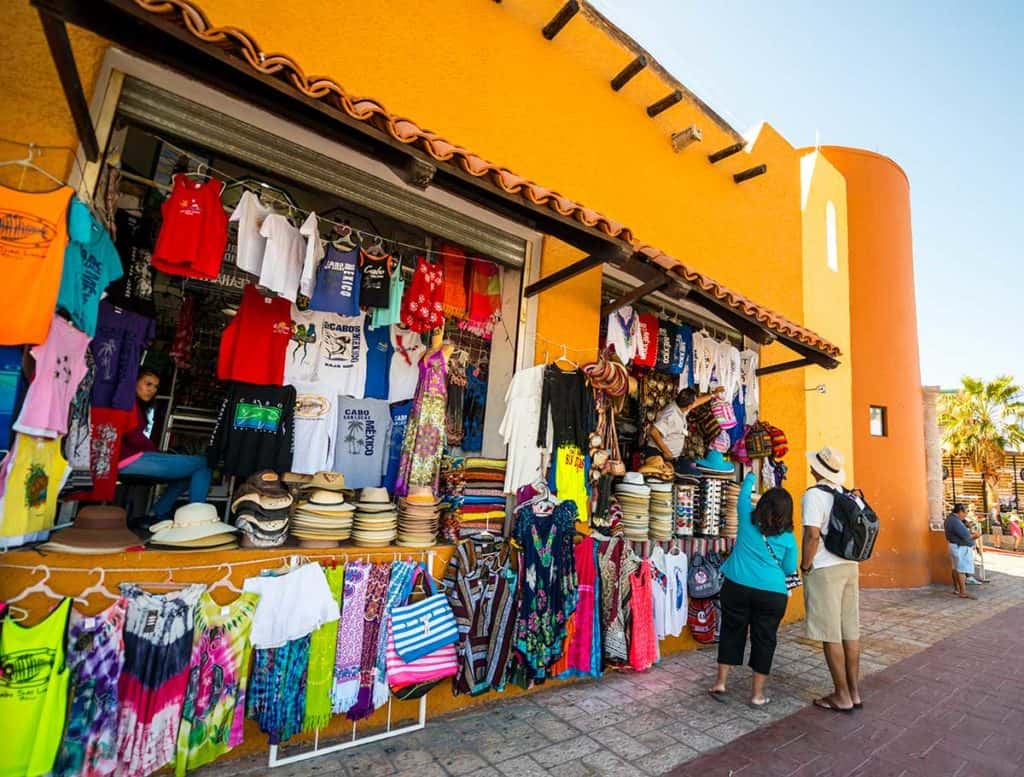
Tourism in Mexico is huge. People love visiting all the beautiful Mexican beaches, the ruins, and the large cities. But not all tourists are just visiting. Many retirees, or people at near-retirement, come to check Mexico out while they research a place for retirement.
But here are a few things you might not know about coming in as a tourist:
- How Long You Can Stay?
- Residency and Perpetual Tourists
- Carrying Your Tourist Visa At ALL Times
- COVID Requirements To Enter Mexico
- Driving in Mexico As A Tourist
- Residents Entering Mexico- MUST READ
Let me explain:
How Long Can You Stay?
You might be coming to Mexico on a scouting trip to decide if this is where you’d like to live. Personally, I think that’s a great idea! I suggest taking your time to explore this beautiful and large country before applying for a residency visa in Mexico.
And why not?
You’re allowed to stay in the country for up to 180 days as a tourist if your passport is from one of the “no visa required” countries. Countries like the U.S. and Canada are both on the list. If your passport is from the “no visa required” list, all you have to do is fill out an FMM when you arrive at an airport or land crossing.
However, the 180-day allowance rule is the maximum amount of time you can stay in Mexico. It doesn’t guarantee that you’ll be given up to 180 days when you enter. It’s all up to the border agent at INM that stamps your FMM upon arrival. (see example below)
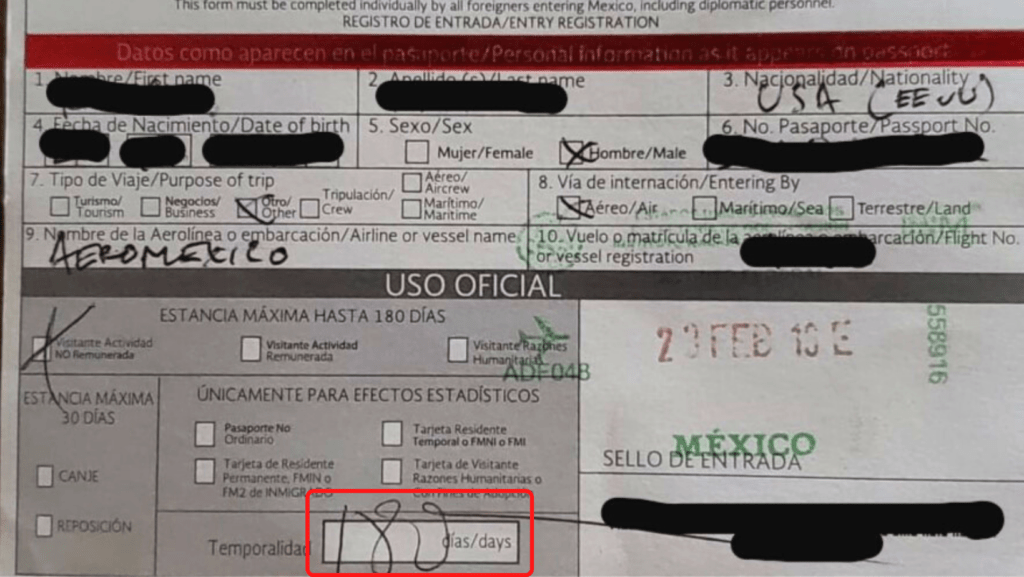
eFMM or Digital Tourist Visa in Mexico
Residency and Perpetual Tourist
You might be coming to Mexico to check it out before making any big decisions. Personally, I think that’s a great idea! I suggest taking your time to explore this beautiful and large country before going through the process of getting a residency visa in Mexico. Because Mexico is NOT for everybody.
Most people in the “no visa required” list get the full 180 days on their FMM. It’s uncommon to be given less than 180 days but it does happen from time to time. Especially when a border agent detects you are doing border hops and are just a perpetual tourist living in Mexico.
As a tourist, you have to leave Mexico by the time your FMM expires. You cannot renew your FMM or extend it in Mexico. You have to leave the country. And there really isn’t a clear law that states how long you have to be out of the country before you can come in again. So, a lot of expats take advantage of this loophole to remain in Mexico over longer periods without having to apply for residency.
And for many people, doing border hops might be the only option if they want to live in Mexico and don’t qualify for residency. It’s a risk they’re willing to take for the big reward- lowering their cost of living and having a better life!
Learn How To Get Residency and Retire in Mexico- Buy our COMPLETE Mexico Relocation Guide
Carrying Your Tourist Visa At ALL Times
One small detail, and a very important tip that I recently learned is that Mexico Immigration Authority aka INM requires all tourists to carry an original copy of their FMM at all times. Having a photocopy of their tourist visa is illegal.
And if there is a random checkpoint set up by INM and you don’t have your original, you could face deportation or detention.
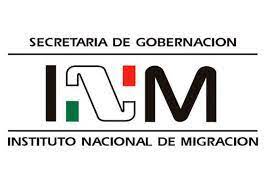
The same thing applies to all temporary or permanent residents. Having a photocopy of your residency card is illegal. So, make sure you have your physical card on you at all times.
Recently, there have been more random INM checkpoints throughout Mexico. They’re mostly looking for illegal migrants from Central and South America. But if you happen to be one of the lucky ones that cannot prove their legal status, you could end up in a Mexican jail.
Driving in Mexico As A Tourist
If you have a driver’s license from the U.S. or Canada area, driving in Mexico won’t be a problem. Foreign driver’s licenses are recognized in Mexico. You can drive in Mexico on an American or Canadian driver’s license for as long as it is valid and not expired. You should also know that you can’t drive in Mexico with car insurance that isn’t from Mexico. You HAVE TO buy auto insurance in Mexico if you want to drive any car in Mexico.
If for whatever reason, you get into an accident and you do not have Mexican auto insurance, Mexican police can take you to jail until you pay the damages involved in your collision. Car insurance in Mexico can be bought for as little as a few days up to a year.
You can also rent a car in Mexico with your U.S. or Canadian driver’s license, Your name on your driver’s license also has to match the rental contract’s name exactly (which will include your Mexican liability insurance).
Coming Into Mexico As A Resident- MUST READ
Suppose you just received your residency visa approval from a Mexican consulate in the U.S., Canada, or Europe. In that case, you will need to travel to Mexico to finalize the process and exchange your stamp for an actual resident card in Mexico. (see example below)
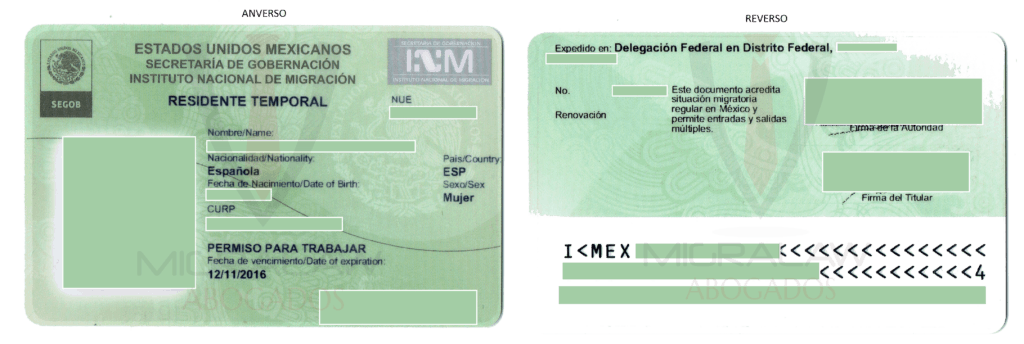
And when you come to Mexico, you will still need to process an FMM. However, you must tell them not to mark you as a tourist when you are with an immigration agent. They should mark your FMM as “Canje.”
If they mark you as a tourist, this will have canceled your residency status. And you will have to start all over again. So don’t forget this process when you are getting your FMM in Mexico. Remember to ask for “canje” and that you not be marked as a “visitante” or tourist. Some people mark this on their FMM ahead of time to avoid the INM agent make a mistake and cost them their residency status.
You Might Be Interested In Reading What’s an FMM and Who Needs One? and eFMM Information for Mexico




